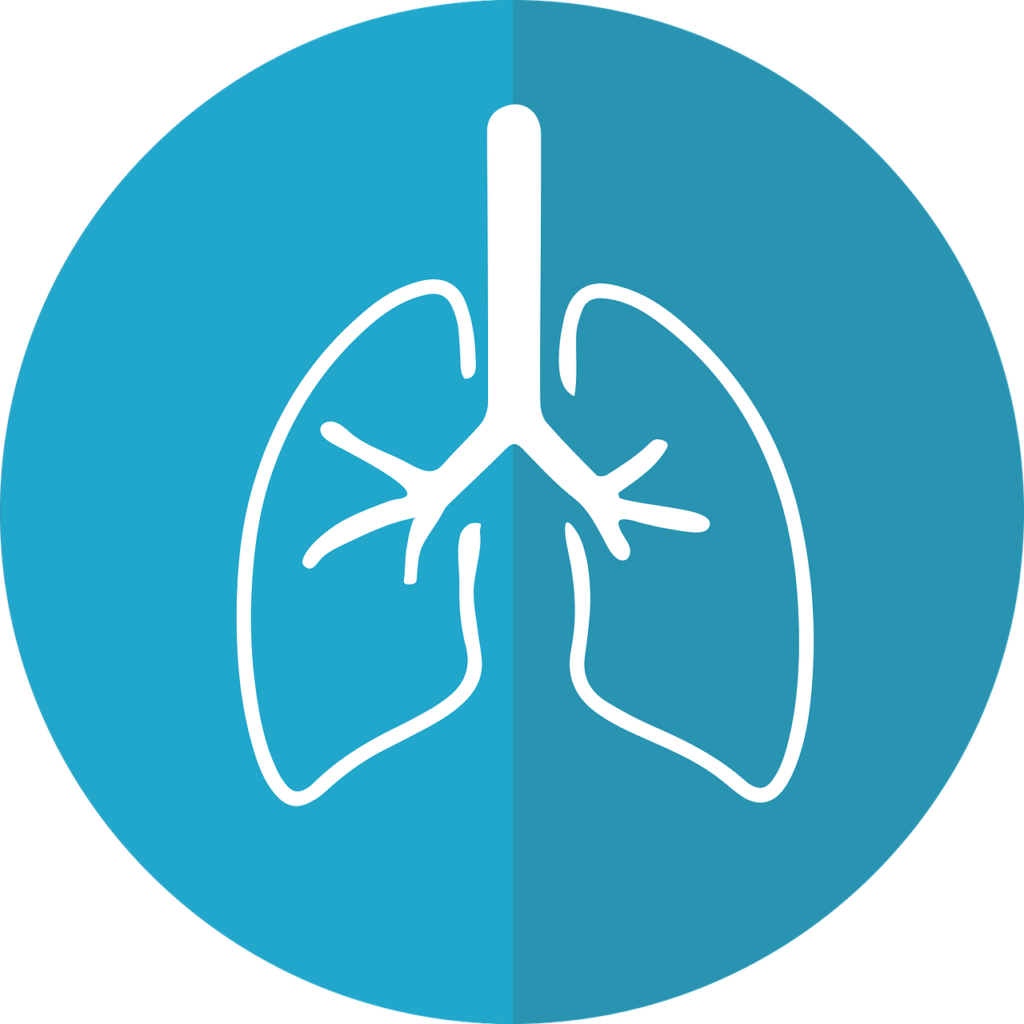Four Common Mindfulness Breathing Exercises

Finding moments of peace and tranquility can feel like a luxury in the hustle and bustle of our modern lives. However, with mindfulness breathing exercises, you can cultivate a sense of calm and presence wherever you are. These four simple yet effective mindfulness breathing exercises can help you ground yourself in the present moment, reduce stress, and enhance your overall well-being. Let’s explore each exercise step by step:
1. Deep Belly Breathing (Diaphragmatic Breathing):
Objective: This exercise helps you deepen your breath and activate your body’s relaxation response, promoting a sense of calm and relaxation.
Instructions:
- Find a comfortable seated or lying position. Place one hand on your chest and the other on your abdomen.
- Close your eyes gently if it feels comfortable, or maintain a soft gaze.
- Take a slow, deep breath through your nose, allowing your abdomen to expand as you fill your lungs with air. Feel your hand on your abdomen rise as you inhale.
- Pause briefly at the top of your inhale, allowing the air to fill your lungs completely.
- Slowly exhale through your mouth, letting the breath out in a controlled manner. Feel your abdomen fall as you exhale.
- Repeat this process for several breaths, focusing on the sensation of the breath entering and leaving your body. Allow each inhale to be slightly deeper than the last and each exhale to be slightly longer.
- If your mind starts to wander, gently guide your attention back to the physical sensations of your breath.

2. Counted Breathing:
Objective: This exercise helps improve concentration and mental clarity by focusing your attention on counting the breath.
Instructions:
- Sit or lie down in a comfortable position, ensuring your spine is straight but not rigid.
- Take a few deep breaths to center yourself and relax your body.
- Inhale slowly and deeply through your nose, counting silently to yourself as you breathe in. For example, count “one” as you inhale.
- Exhale slowly and fully through your mouth, matching the duration of your exhalation to your inhalation. For example, count “one” as you exhale.
- Inhale again, counting “two,” and exhaling, counting “two.” Continue this pattern, counting up to five or ten, whichever feels comfortable for you.
- Once you reach your chosen count, start again from one. Repeat this cycle for several minutes, maintaining your focus on the counting and sensation of the breath.
- If your mind wanders, gently bring your attention back to the count without judgment.

3. Square Breathing (Box Breathing):
Objective: This exercise promotes relaxation and balance by creating a steady breathing rhythm.
Instructions:
- Visualize a square shape in your mind with four equal sides.
- Inhale deeply through your nose as you trace the first side of the square, counting to four silently in your mind.
- Hold your breath for a count of four as you trace the second side of the square.
- Exhale slowly and completely through your mouth as you trace the third side of the square, again counting to four.
- Hold your breath for a count of four as you complete the square, tracing the fourth side.
- Repeat this cycle several times, maintaining a relaxed and steady pace. Focus on the rhythmic pattern of your breath and the visualization of the square.
- If your mind starts to wander, gently guide your attention back to the breath and the visualization.

4. Body Scan Meditation:
Objective: This exercise promotes relaxation and self-awareness by systematically scanning and releasing tension from different body parts.
Instructions:
- Find a comfortable lying position on your back, with your arms resting by your sides and your legs slightly apart. Close your eyes gently if it feels comfortable, or maintain a soft gaze.
- Take a few deep breaths to center yourself and relax your body, allowing tension or tightness to dissolve with each exhale.
- Begin by bringing your attention to your toes. Notice any sensations, tension, or discomfort in this area without judgment. With each inhale, imagine breathing in relaxation, and with each exhale, imagine releasing any tension or discomfort from your toes.
- Slowly move your attention upward, scanning each part of your body systematically – your feet, ankles, calves, knees, thighs, hips, pelvis, abdomen, chest, back, shoulders, arms, hands, neck, and head.
- As you scan each part of your body, note any sensations you may encounter – warmth, tingling, heaviness, or lightness. Allow yourself to fully experience each sensation without trying to change it.
- If you encounter tension or discomfort, focus your breath on those areas, imagining the tension melting away with each exhale.
- Continue scanning your body from head to toe, breathing deeply and mindfully with each breath. Allow yourself to sink deeper into relaxation with each passing moment.
- Once you have completed the body scan, take a few moments to rest in this state of deep relaxation, savoring the sense of peace and stillness surrounding you.
- When you are ready, gently bring your awareness back to the present moment, wiggling your fingers and toes and slowly opening your eyes.
Conclusion
Incorporate these mindfulness breathing exercises into your daily routine to experience the profound benefits of mindfulness in your life. Whether you practice them for a few minutes in the morning to start your day with clarity and focus or as a way to unwind before bed, these exercises offer simple yet powerful tools for cultivating presence, peace, and well-being.
